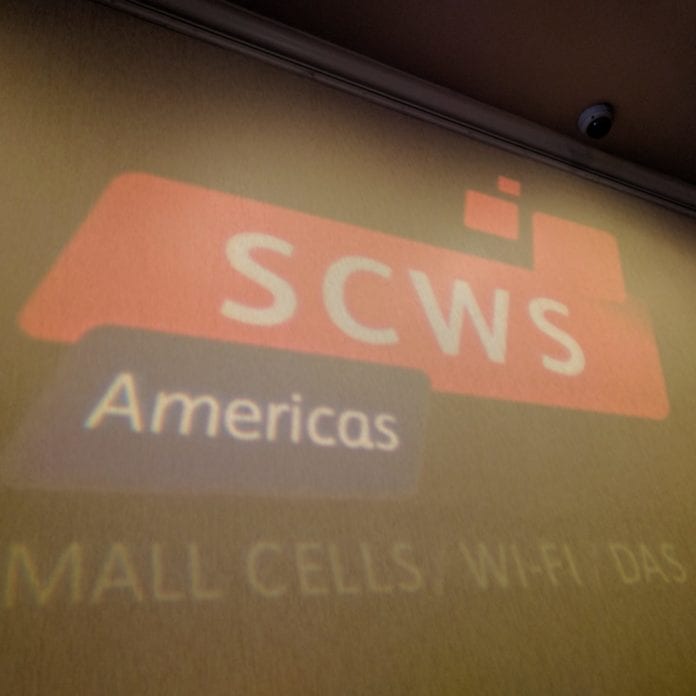DALLAS–Prabhakar Chitrapu, lead member of the technical staff for small cell platforms at AT&T, gave a presentation on the road to a 5G network as part of a workshop titled Small Cell Forum@SCWS: The Path to 5G Workshop at SCWS 2016. He mapped out some of the challenges associated with building the IoT, and how a 5G network needs to operate moving forward.
Network providers have several challenges to overcome when building for IoT. They need to provide:
- Low-cost
- Long battery life
- Enhanced coverage
- Scale
- Narrowband and broadband

According to Chitrapu, there is more unknown than is known about 5G. He gave five dimensions to the up-and-coming network:
- Enhanced mobile broadband – broadband on steroids
- Throughputs of 5 gigabits per second
- UHD video (4K, 8K)
- VR and AR
- Cloud gaming
- Broadband kiosks,
- Vehicular (cars, buses, trains, aerial stations)
- Ultra-reliable low-latency communication (URLLC)
- Industrial control
- Remote manipulation
- Tactile internet
- Mission critical apps
- IoT
- Narrowband and broadband
- IoT 3GPP standards
- LTE-NB IoT standards set in summer 2016
- Cat M1 trials starting in November
- Cat NB1 progressing
- Vehicular
- Navigation, diagnostics, safety, roadside assist, stolen vehicle recovery, emergency call, in-car voice, in-car entertainment and internet access, usage based insurance, etc.
- Smart Cities
- Energy, transport, buildings, healthcare, security, infrastructure, governance, etc.
Chitrapu identified four categories for 5G network technology enablers and the technologies within each:
Group 1:
- LTE-Advanced Evolution
- Narrowband
- New Radio
- NexGen Core
- MultiRAT integration and management
- Softwarization
Group 2:
- NFVV
- SDN
- Network slicing
- Management and orchestration
- Open source
Group 3:
- mm wave
- New waveforms
- Massive MIMO and beamforming
- Advanced inter-node coordination
- Hetnet and densification
- Device-to-device communication
Group 4:
- Mobile edge computing
- Virtual and augmented reality
- Tactile internet
- AI
- Cloud
- Big data analytics
AT&T is currently demoing 5G trials in Austin, Texas, Atlanta and San Ramon, California. These first use cases use fixed broadband in the 15 to 18 GHz spectrum, delivering multi-gigabit-per-second speeds.

According to Chitrapu, the network operator will be the conductor for the future state for 5G. Here are reasons why:
- Operators know how to do this for global
- Roaming
- Service interoperability
- Operations
- Business drivers
- Enterprises want services – operators need to find model
- Innovation and speed are advantage in enterprise where you have room to fail forward.
- Propose business operations innovation
- Federating infrastructure now under 4G in preparation for 5G

